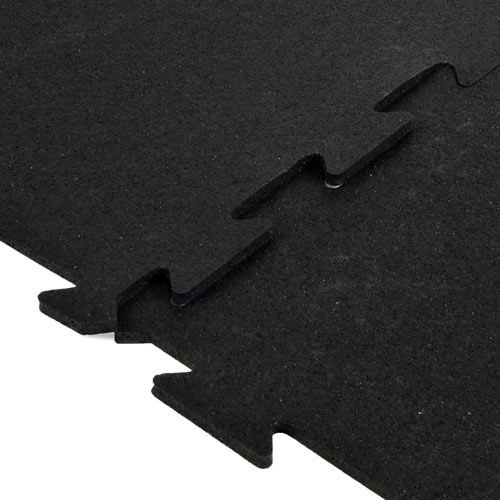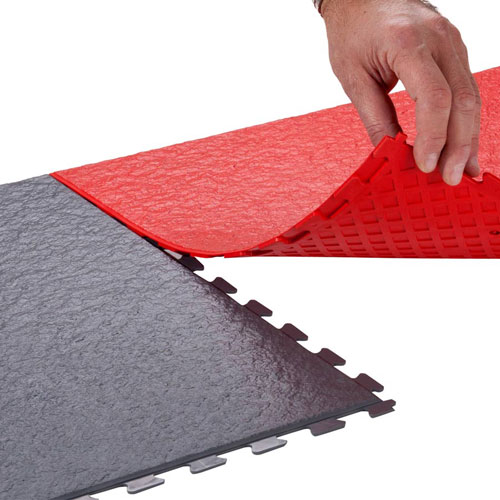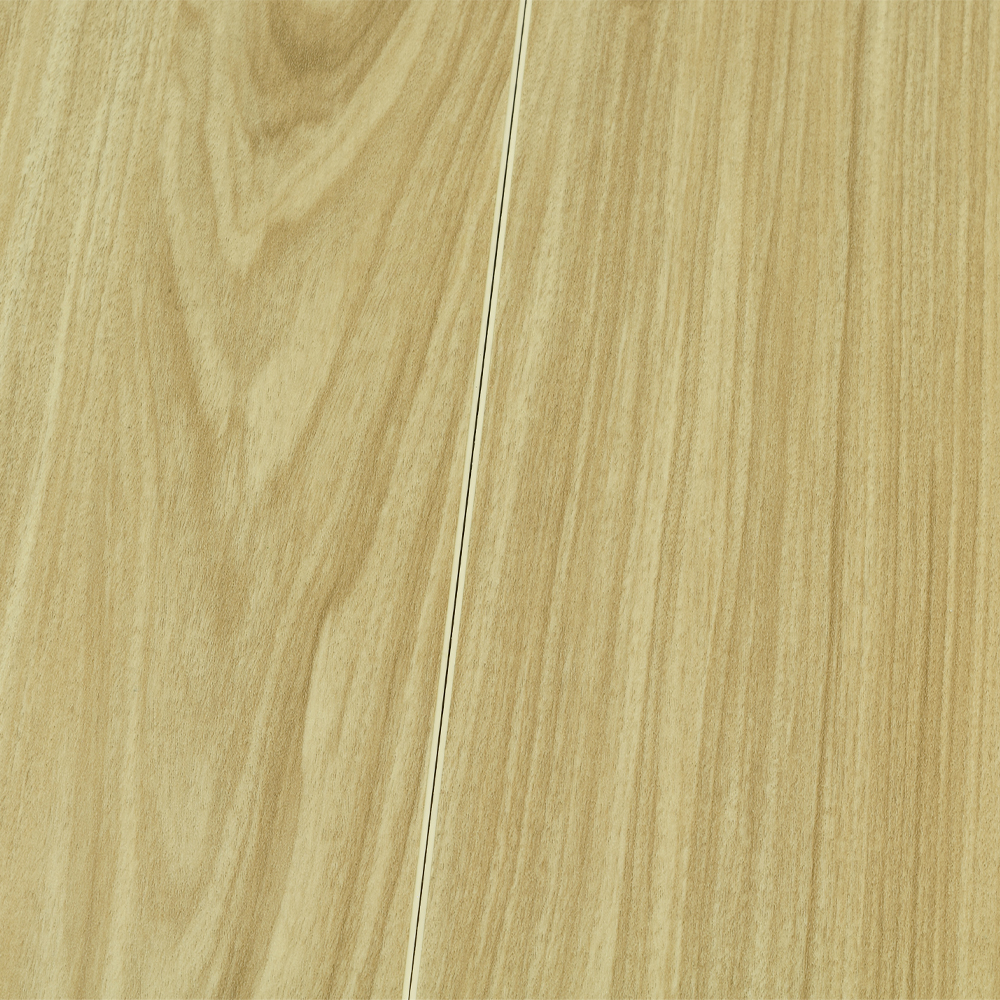Why Do Interlocking Tiles Separate?
Related Product: Foam Kids and Gym Mats Premium 5/8 Inch x 2x2 Ft.
Why Interlocking Tiles Separate
If you’re experiencing issues with interlocking tiles not staying together, there could be several potential causes. We’ve identified some of the most common issues that can cause interlocking tiles to separate after they’re installed.Improper Base Preparation
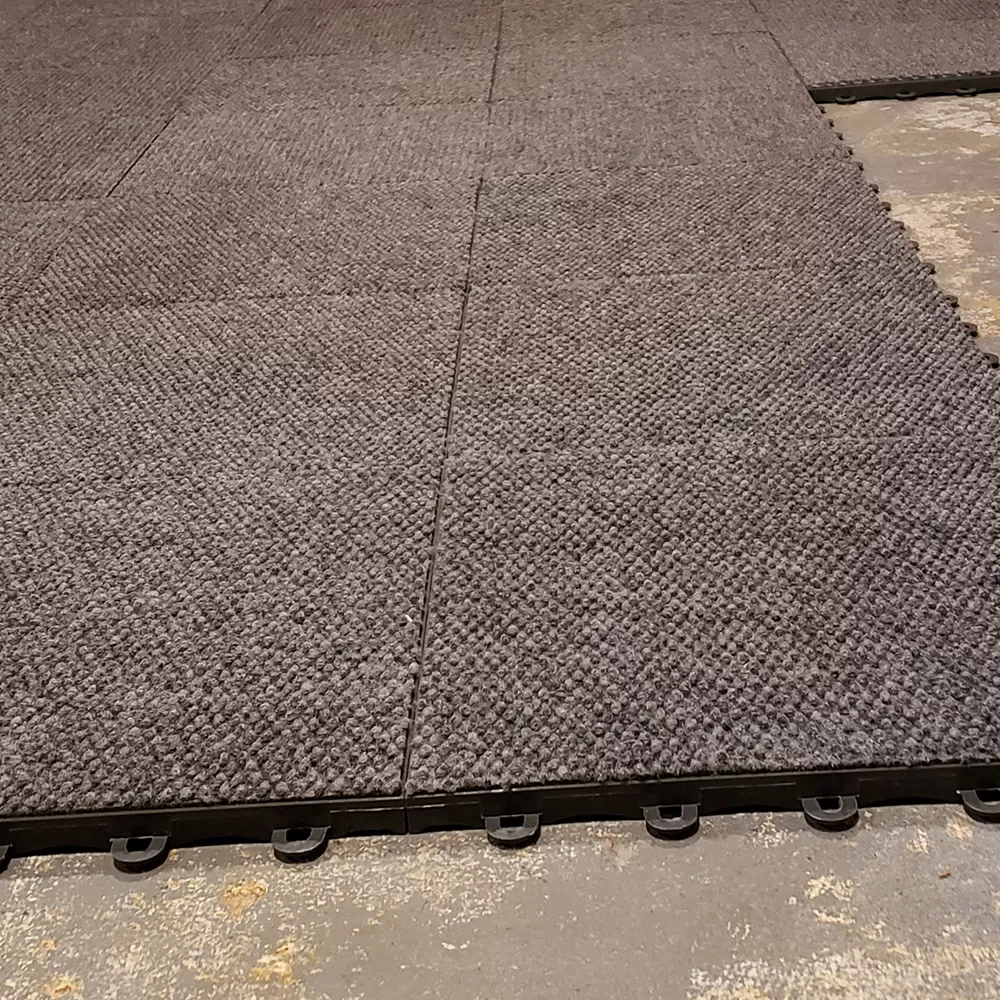
It’s essential to take the time to properly prepare your base before you install interlocking tiles. If the subfloor or ground isn’t properly prepared, leveled, and compacted, the tiles may shift and settle over time, resulting in gaps and separations.
Drainage is also an essential component of base preparation. Poor drainage that results in moisture collecting underneath the tiles can weaken your base, causing it to shift. As a result, your tiles can come loose and separate.
Incorrect Installation Techniques
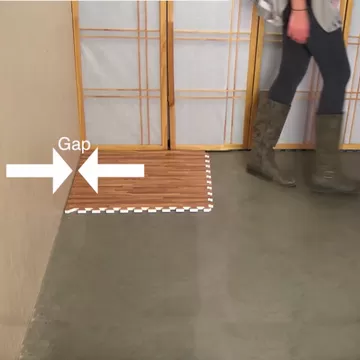
When you install interlocking tiles and squares, it’s essential to follow the manufacturer’s instructions. Every tile is constructed a bit differently, and manufacturers include specific instructions outlining the installation patterns, spacing, and techniques necessary to create optimal results. If you don’t follow these installation instructions, your finished floor’s surface may be uneven, and the tiles may shift.
If you’re installing tiles that require adhesive, it’s also essential to ensure that you apply an appropriate amount of adhesive correctly. Failing to install the adhesive correctly can weaken the bond and cause the tiles to loosen. Tiles can also loosen and start to separate if there are gaps in the adhesive.
The spacing between the tiles will also impact whether they may start to separate. If you don’t leave enough space between tiles, they can push together during structural shifts, leading to cracks or chips.
Many floors also need expansion joints, and failing to include them can result in tiles that separate. Expansion joints allow space for the tiles to shift as they expand because of temperature fluctuations or pressure changes. Be sure to follow the manufacturer’s instructions and leave adequate expansion joints for the type of floor you’re installing.
When you’re installing locking tiles, incorrect alignment might cause them to separate. For example, the pegs and loops must be properly aligned to ensure a secure connection, or the tiles might pull apart over time.
Environmental Factors
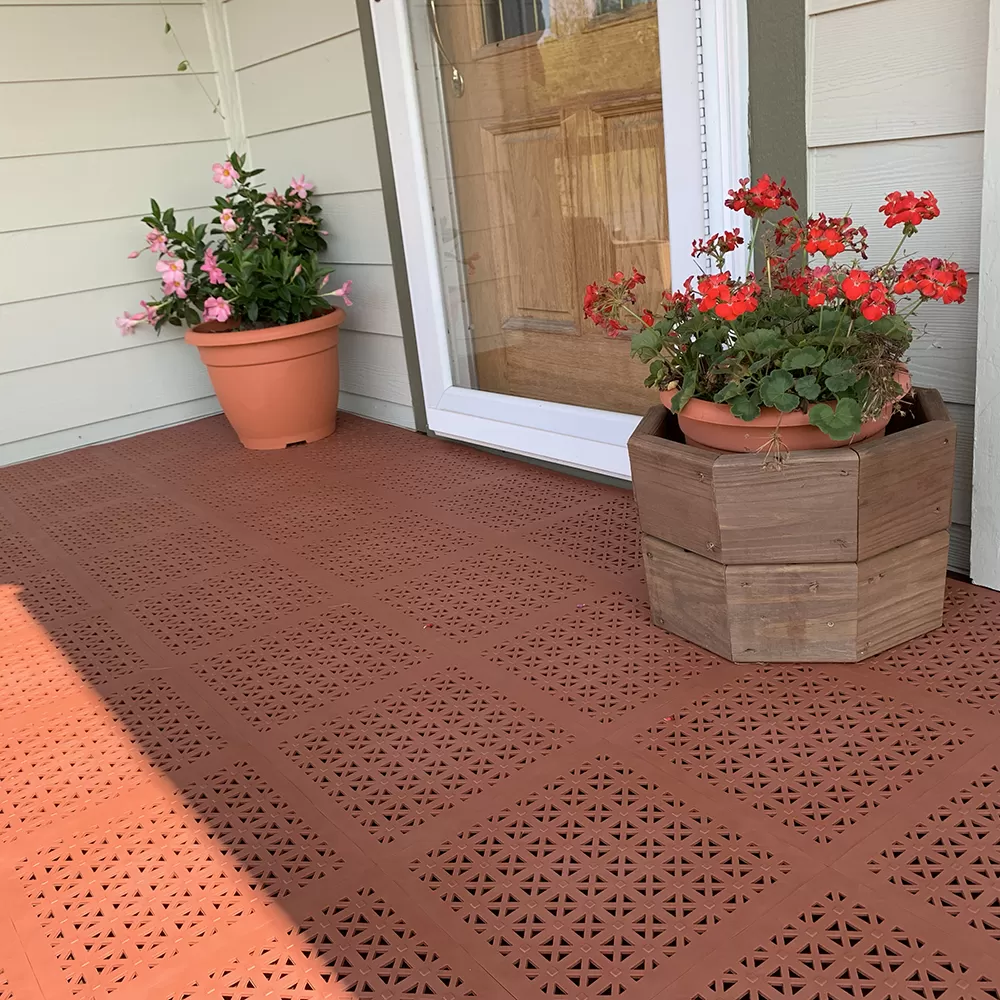
Both the temperature and the humidity in the space where you’re installing your floor can affect whether the tiles separate. Temperature changes can cause tiles to expand and contract, which can potentially lead to buckling or separations if you didn’t include proper expansion gaps during the installation.
High humidity can also cause tiles to swell and warp. Humidity can also weaken adhesives, which can potentially cause tiles to pull up and separate.
Tile Quality and Type
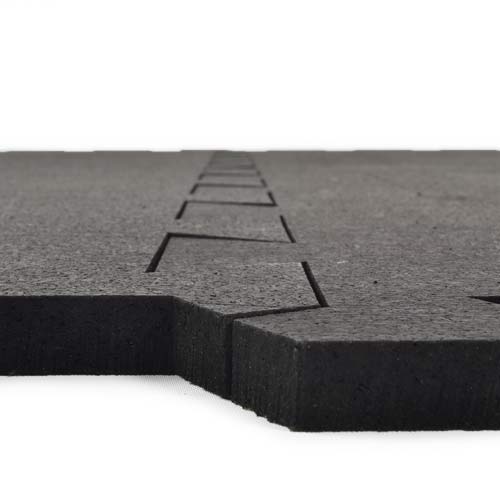
The type and quality of the tile that you choose can affect whether the tiles securely hold together. Cheap, thin PVC or vinyl tiles that lack density and durability are more likely to crack or separate under pressure.
The tile’s interlocking mechanism design can also play a role. Some designs may be more prone to unlocking under pressure or when exposed to tile expansion and contraction, making for a floor that’s less stable overall and more prone to problems.
Even if you choose a high-quality tile, you must pick the right tile for the type of installation. For example, installing interlocking tiles over surfaces like grass or sand is very difficult, and there are just a few specialized tiles that are suitable for this type of installation. Be sure to refer to the manufacturer’s instructions about the types of suitable surfaces and installations for the tile to make sure you’re choosing the right product for the job.
At Greatmats, we’ve worked to carefully select and stock interlocking tiles that are high-quality and durable, meaning there’s less chance of the tiles separating while in use.
Wear and Tear
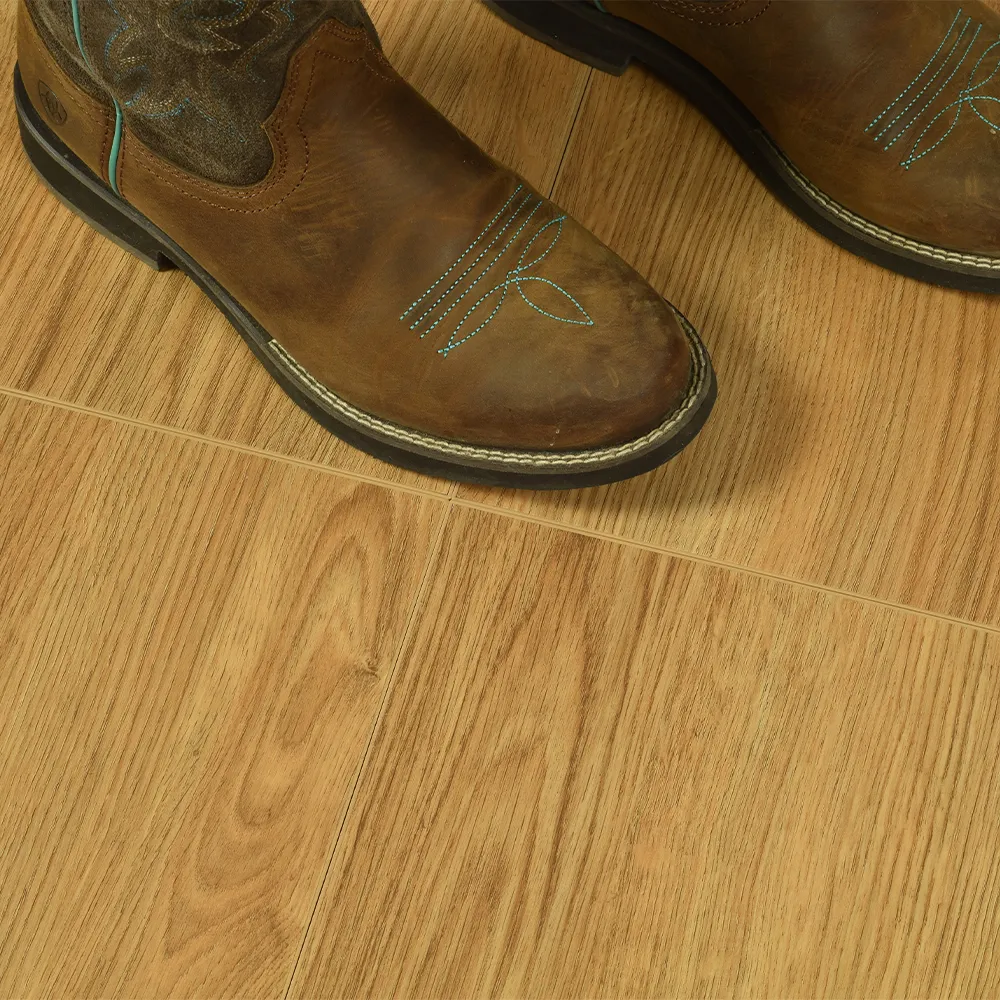
The amount of foot traffic your floor is exposed to can affect its performance. Lots of foot traffic that takes place over time can cause the tile’s interlocking system to degrade, potentially leading to the tiles separating.
Contact Greatmats to Learn More About Interlocking Tiles
Once you understand why interlocking tiles separate, you can likely identify the cause(s) behind the issues you’re experiencing with your floor. In some cases, you may be able to uninstall and then reinstall the tiles to address the issues. In other instances, you may be better off buying new tiles that are better suited to the installation.Contact the Greatmats customer service team today for help. We’re happy to answer questions about products, provide product samples, and help you determine which interlocking tiles are the best choice for your project.
